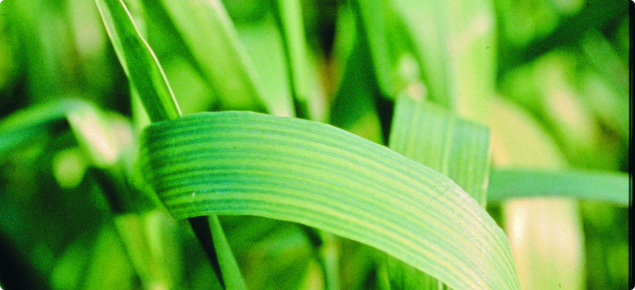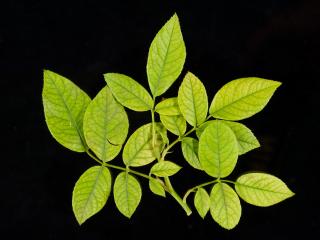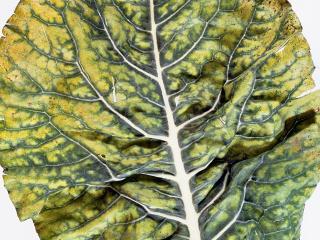The pH of the soil is a measure of acidity or alkalinity. It basically indicates how ‘sour or sweet’ the soil is. The pH scale ranges from 0 to 14, with 7 being neutral. Values below 7 indicate an acid soil, and above 7, alkaline. Because the pH scale is logarithmic, a pH change by 1 unit means it is 10 times more acidic or alkaline.
Typically, Western Australian soils have a pH range between 4 and 8.5. In the metropolitan area, soils are more alkaline near the limestone-based coastal sands. Soils further inland, and most agricultural areas, are naturally acidic. In agricultural regions soils which were not very acid when cleared have become increasingly so through the continuous application of fertiliser.
In home gardens, where mineral fertilisers are frequently used, the soil pH may also be acidic.
Significance of soil pH nutrition
Soil pH determines the nutrient availability to plants. Some nutrients become ‘tied up’ in the soil at certain pH levels. For example, acid soils can lead to deficiencies of phosphorus, calcium, magnesium and molybdenum, as well as toxic levels of manganese and aluminium.
Alkaline soils may lead to deficiencies in iron, manganese, boron, copper and zinc.
While most plants prefer neutral soil, some are suited to other pH levels. Examples of different preferences are:
| Soil pH | Ornamentals | Fruit | Vegetables |
|---|---|---|---|
| Acidic 4.5 to 6.0 | Azalea Gardenia Hydrangea | Blueberries Cranberries | Potato |
| Alkaline 7.0 to 8.0 | Sweet Pea Ivy | Melon | Beetroot Choisya Spinach |
A common pH-related condition in the metropolitan area is ‘lime-induced chlorosis’ which is an iron deficiency caused by high pH levels. It manifests as yellow-white leaves on plants growing in limestone-based coastal sands.
This condition is rectified by applying iron sulphate, which will also drop the soil pH or an iron compost. Check if yellow leaves are due to iron deficiency by spraying the plant with an iron chelate. If the leaves green within a week apply an iron compost.
Iron compost
Moisten compost, coco peat or animal manure until just wet. To each 10 litres mix in one cup of iron sulphate. Dig holes 20cm deep around the root zone of the plant and compact the iron compost into the holes. Use three holes for a rose bush and up to eight holes for a big shrub. The roots will grow into the organic matter and the treatment lasts for several years.



